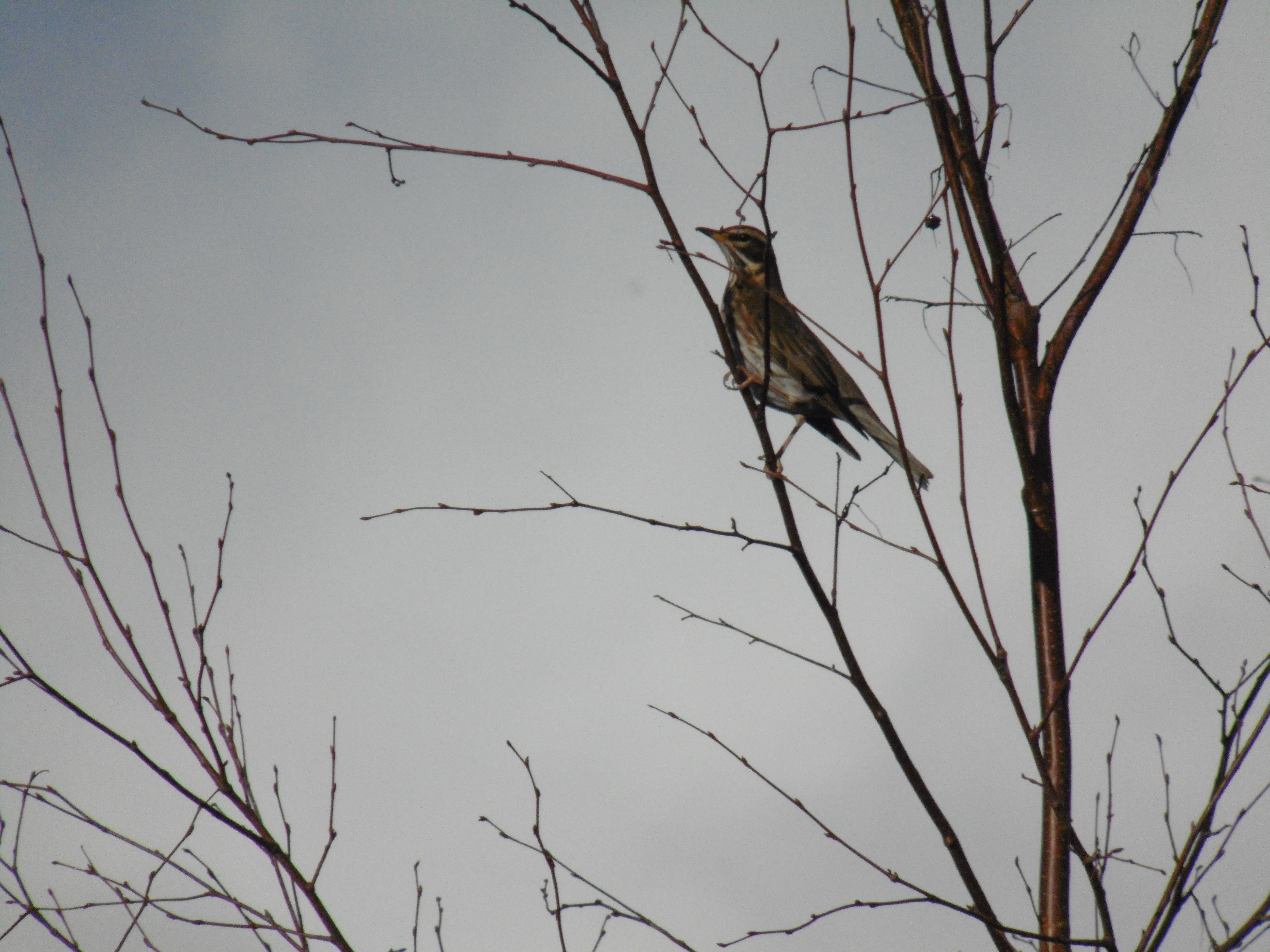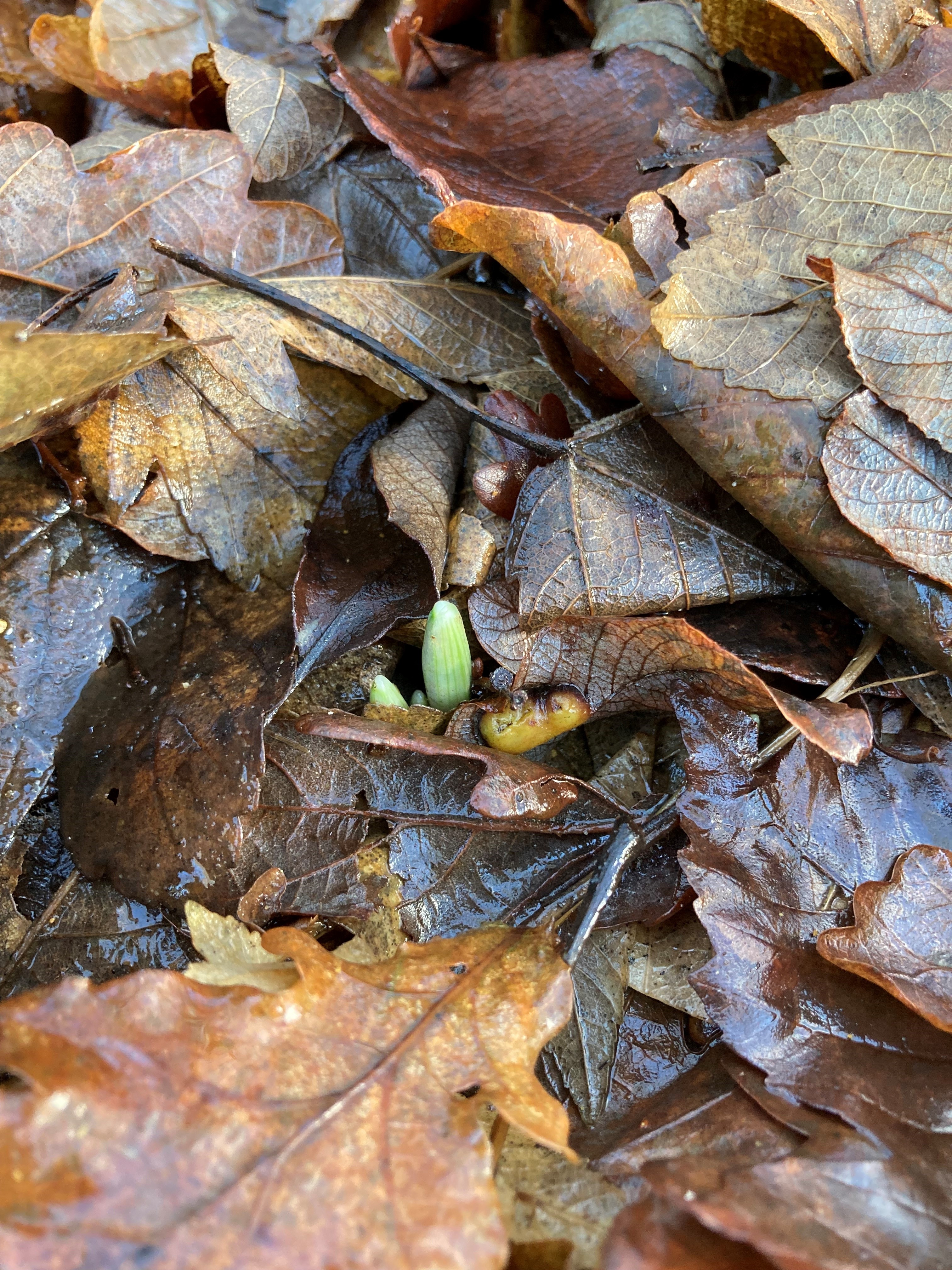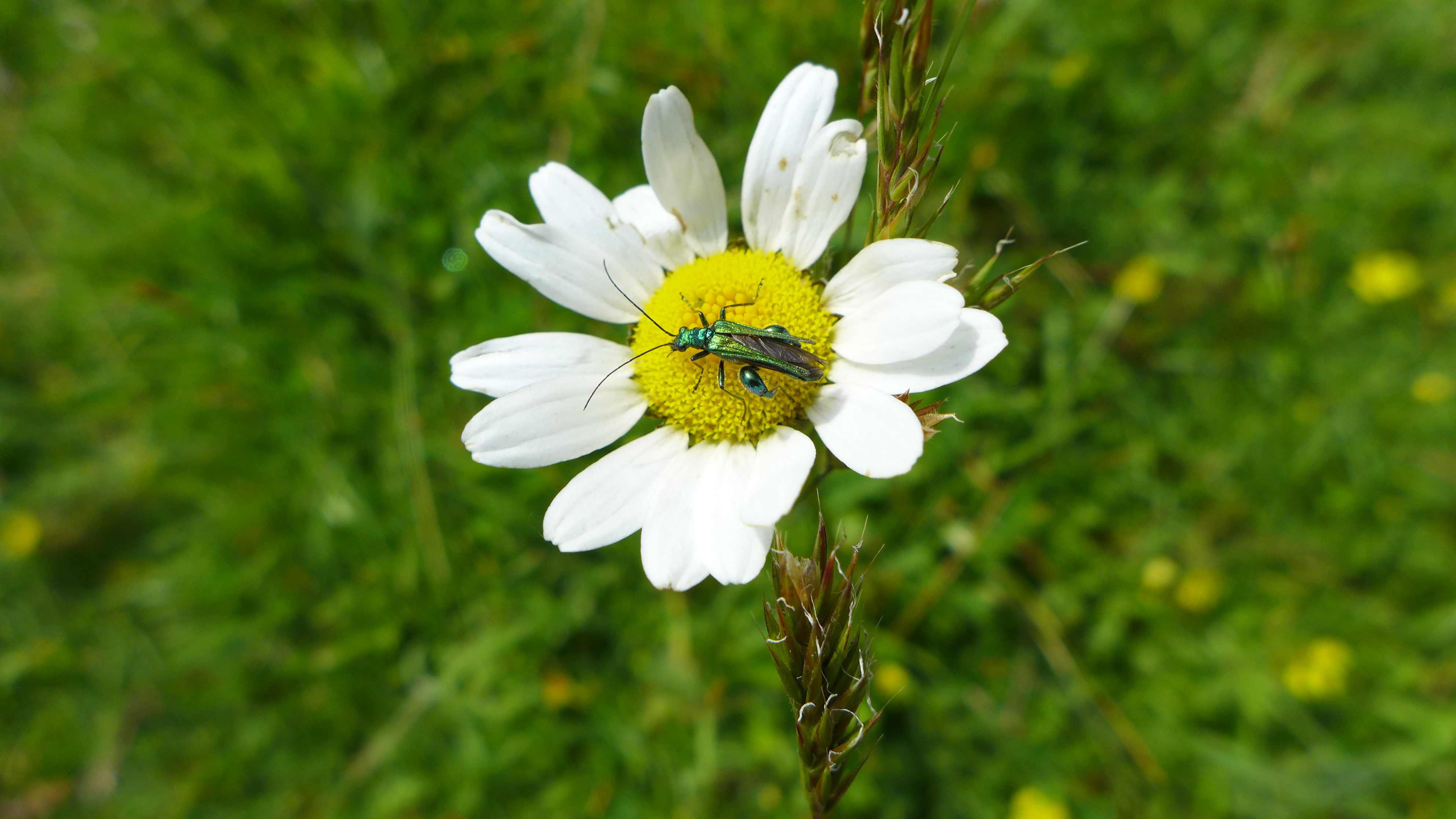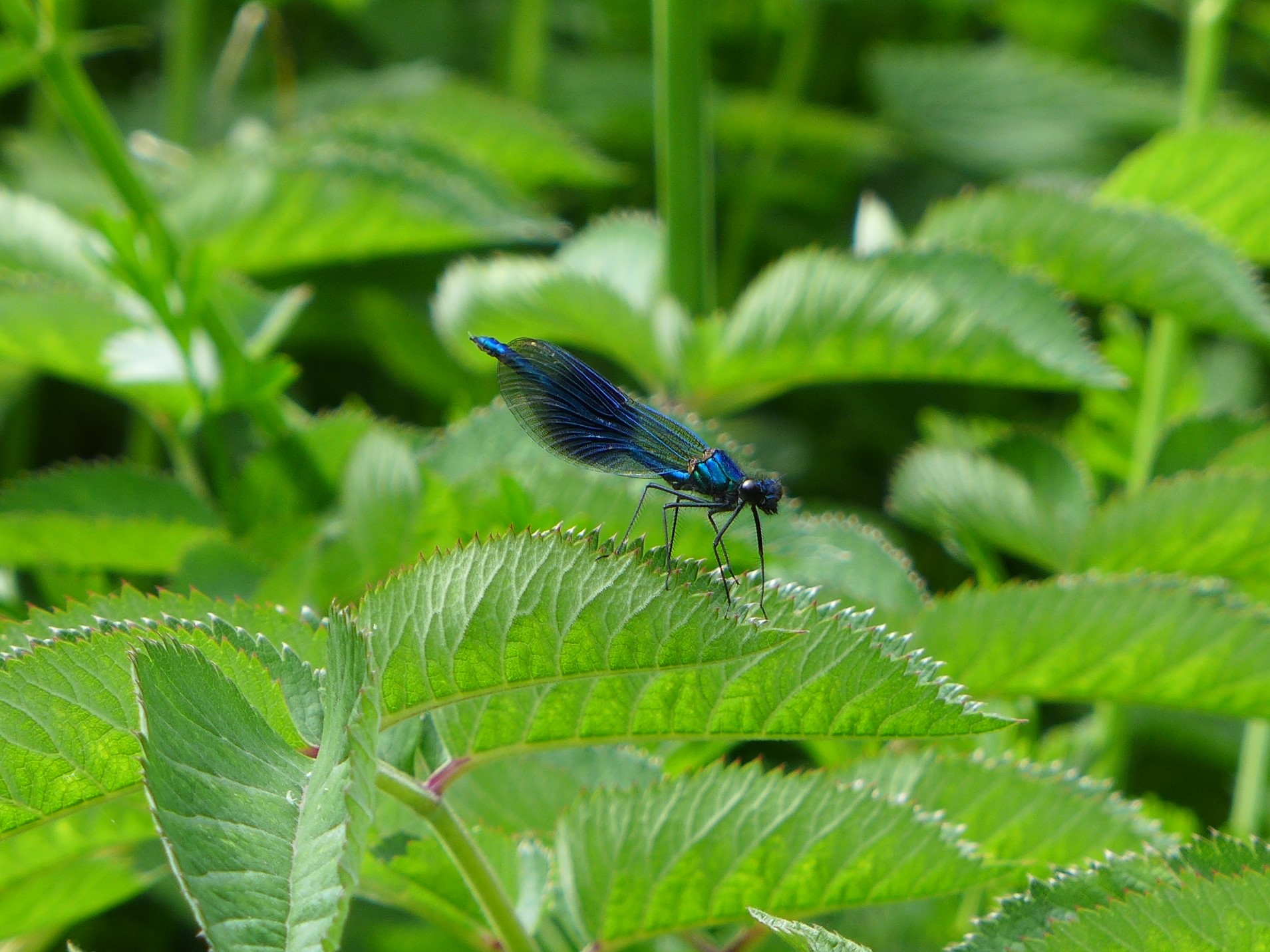Hopefully better (very) late than never, here’s an update of what our Young Naturalists have been up to over the last seven (!) months. It’s going to be long one!
August
In August the group decided they wanted to have a go at snorkelling in the Dockens Water. We’ve done this before with children on our Wild Days Out holiday activities, but never with the Young Naturalists. After roping in a friend (Ida) as our qualified diver (!) to satisfy our risk assessment needs and meeting Jo prior to the session to check the river was free of any hazardous debris, we were all set to do as much or as little paddling, swimming and snorkelling as we wished.

Ready to snorkel
There was a lot of sticking bottoms up into the air, but a number of faces definitely did get quite wet as we stared closely at the gravel on the river bed:

Getting our faces wet
We explored the river from the bridge by the road crossing to Lapwing and Goosander Hides down to our usual river dipping spot. We did some litter picking along the way:

Litter picking on the way
Generally speaking the river is only ankle deep, but there are some deeper pools to explore and those who wished to managed to do a bit of swimming and snorkelling – we even managed to see some fish!

Ida snorkelling in the Dockens Water

Alex having a swim
Alex was happy to oblige for an underwater photo – he definitely enjoyed himself!

Alex getting ready to take the plunge

Alex

Photographing Alex underwater

Alex underwater
We also found time to remove some Himalayan Balsam from the edge of the river, definitely easier to do whilst stood in the channel and already wet.

Removing Himalayan Balsam

Removing Himalayan Balsam
Introduced as a garden plant in 1839, Himalayan Balsam is an invasive plant found along river banks and in ditches that prevents native species from growing through its abilities to grow and spread quickly.
After drying off and having our lunch we headed back down to the river, this time to have a go at river dipping. I had borrowed a couple of underwater viewers, which led to a new watch and wait tactic on the edge of a deeper pool. They saw fish using the viewer but I’m not sure it improved their catching abilities!
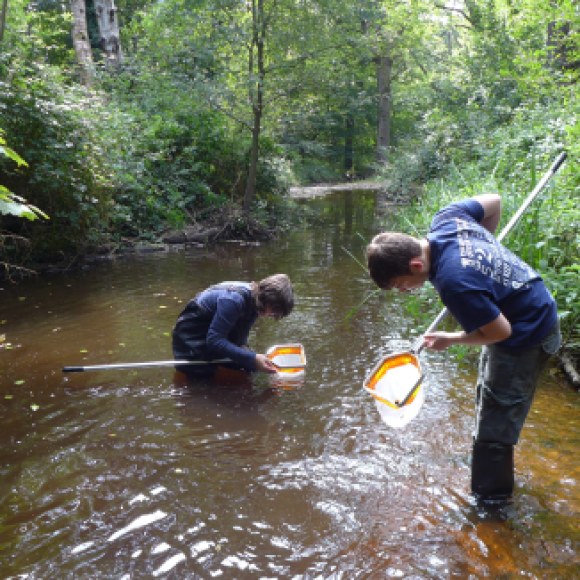
River dipping

New way of river dipping
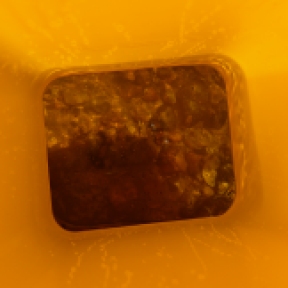
Underwater view
September
September saw us heading up to the area by Goosander Hide to remove some of the silver birch trees which were encroaching on the open scrub habitat. Putting what we were cutting to good use, we used it to make besom brooms and added the excess to the dead hedge to the left of the hide.

Removing birch trees near Goosander Hide

Besom broom making
Some of the group took their broomsticks home whilst others made them for us to sell for a donation from the Welcome Hut in the run up to Halloween:

Broomsticks for sale
We also went looking for wasp spiders but sadly we were too late in the year and had no luck. We did though find a number of their stripy egg sacs:

Wasp spider egg sac
October
October’s session didn’t quite go to plan, with strong winds the night before putting paid to my plans for a fungi walk followed by a campfire. We adjusted the session slightly and spent the morning tidying up what storm damage we could and closing off paths as necessary.

Storm damage

Storm damage
We paused to look at the river which was in flood, and Harry made a boat to sail on the water below.

Pausing to look at the Dockens Water

Distracted by the river
After lunch we did head over to the campfire to cook toffee apples. Before lighting the fire, we carefully emptied a sprung mammal trap from the Centre loft, which revealed a wood mouse who was very happy to pose for photos.

Emptying the mammal trap

Photographing the wood mouse

Wood mouse
With the campfire lit, we prepped some toasting sticks and cooked our toffee apples:

Campfire

Preparing toasting sticks

Cooking toffee apples

Toffee apple
We also had a rummage under some of the logs and found this juvenile newt, who we popped back carefully after having a good look:

Juvenile newt
November
For November’s session the group helped pollard some of the willows growing on the northern side of the reserve, up towards Lapwing Hide, so we had plenty of cuttings to turn into willow wreaths. Once made, the wreaths were sold for a donation from the Welcome Hut in the run up to Christmas, with families and individuals encouraged to enjoy a short walk on the reserve gathering materials (or using cuttings from elsewhere) to decorate them with.

Pollarding willow

Carrying our willow bundles back to the centre

Willow ready for wreath making
The new growth from the pollards this coming year will provide us with more willow rods next autumn and winter.
After carrying all of our cut material back to the Centre, some of the group had a go at creating and decorating a willow wreath to take home whilst others headed to the bird hides for some bird watching.

Making wreaths

Willow wreaths
December
In December we headed out of the reserve and up to Rockford and Ibsley Commons.
Our bird list for the walk totalled 41 species which wasn’t bad, given it was a rather dull, grey day and whilst up on Ibsley Common we did eventually manage to spot a very distant herd of deer – for a while we didn’t think we were going to see any.
This slideshow requires JavaScript.
Our bird list for the walk was as follows: Siskin, Great tit, Blackbird, Wood pigeon, Long-tailed tit, Blue tit, Jackdaw, Coot, Mute swan, Robin, Buzzard, Goldeneye, Wigeon, Tufted duck, Great crested grebe, Herring gull, Carrion crow, Shoveler, Pochard, Gadwall, Great white egret, Lesser black-backed gull, Cormorant, Jay, Redwing, Mallard, Chaffinch, Goldfinch, Song thrush, Treecreeper, Goldcrest, Coal tit, Stonechat, Meadow pipit, Starling, Canada goose, Grey heron, Pied wagtail, Magpie, Mistle thrush and Green woodpecker.
We enjoyed a different view of the reserve, looking down from Rockford Common towards Blashford Lake and down from Ibsley Common towards Mockbeggar Lakes and Ibsley Water.

Redwing
We finished the session toasting marshmallows over the campfire.
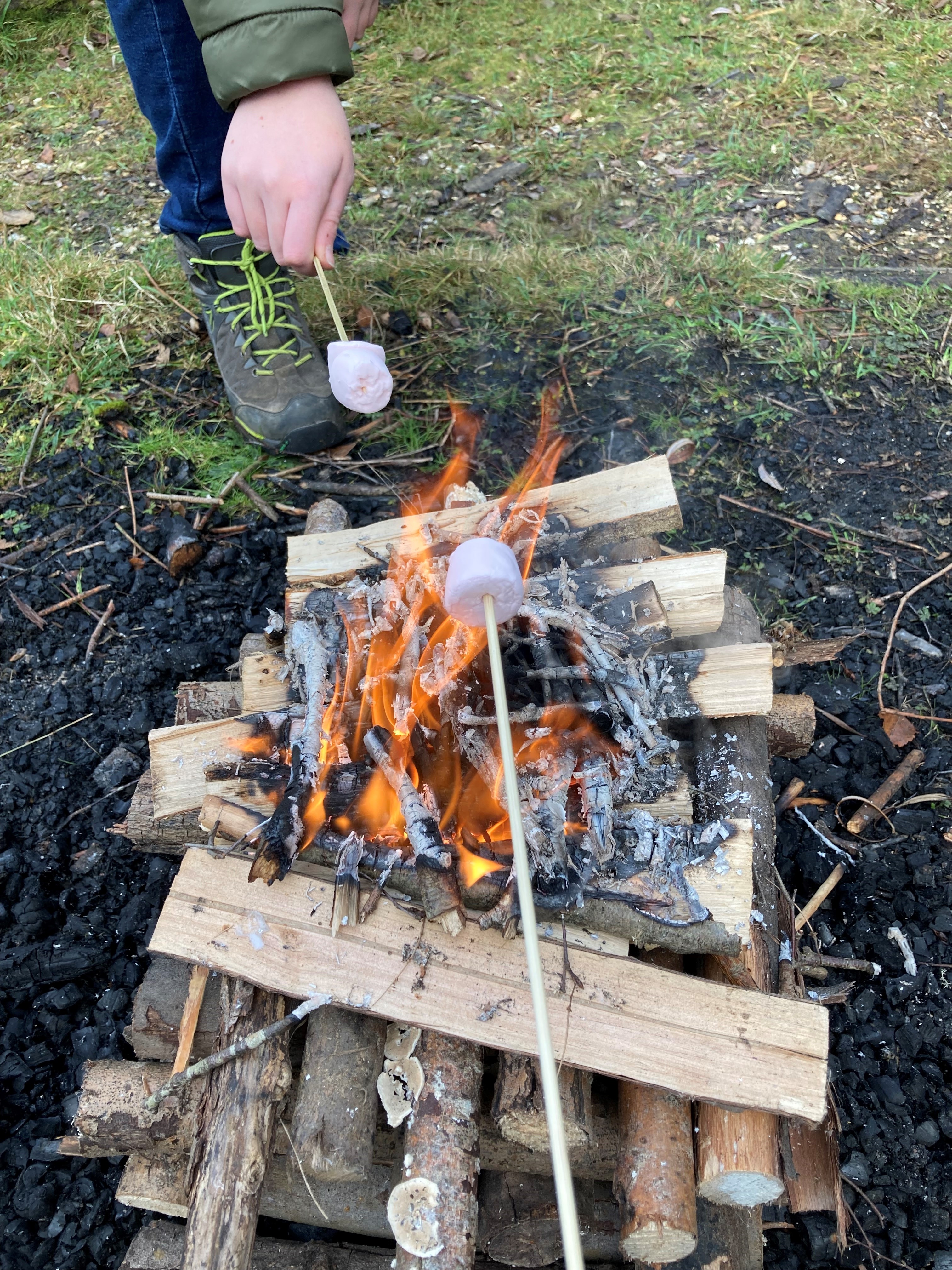
Toasting marshmallows
January
January saw us treated to a bird ringing demonstration by BTO trained bird ringers Brenda and Kevin and trainee ringer Kate. The group learnt how to age and sex the birds, measure their weight and wing length and they practiced how to handle the birds using Brenda’s knitted example.

Practicing how to hold a bird correctly

Firecrest

Brenda talking to the group about bird ringing
After the birds were ringed and processed the group were able to carefully release them under Brenda’s watchful eye:

Elliott getting ready to release the Firecrest

Alex releasing a robin

Will releasing a chaffinch
A total of 43 birds were caught: 3 Chaffinch; 3 Dunnock; 8 Lesser redpoll; 5 Greenfinch; 12 Blue tit; 4 Great tit; 2 Long-tailed tit; 1 Goldcrest; 1 Siskin; 2 Robin; 1 Firecrest; 1 Goldfinch.

Lesser redpoll

Lesser redpoll

Firecrest
We also had time to visit the bird hides, but sadly the Bittern evaded us!

Bird watching from Ivy South Hide

Bird watching from Ivy South Hide
February
Finally, we met yesterday for some pewter smelting. Whilst some of the group laid the fire and had a go at fire lighting, others made a smaller fire in the base of a Kelly kettle so we could boil some water to make a play dough that would be used to create moulds for the pewter to be poured into.

Will lighting the kelly kettle

Kelly kettle
With the water boiled, Isabella and Alice mixed up some dough. We divided the dough into balls and everyone had a go at pressing something they had either bought with them or found on the reserve into it.

Moulds ready for pewter
Our items included alder cones (difficult to cast!), sea shells and snail shells, Chloe bought in a shark’s tooth and some pieces of ammonite, Will bought in an antler and Harry bought in a small wooden hedgehog.
We sat around the campfire for lunch, giving it time to take and burn down a little:

Group sat around the campfire
After lunch we set about taking it in turns to melt some pewter shot before carefully pouring it into the moulds.
This slideshow requires JavaScript.
With a bit of practice we slowly got better at pouring the pewter into the moulds and their results were fantastic:
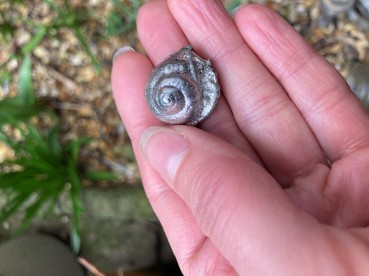
Snail shell

Shell

Sharks tooth

Ammonite

Pewter larch cone and acorn

Pewter hedgehogs

Pewter hedgehog
Yesterday’s session was sadly my last with the group, so it was brilliant to see so many faces, both old and new, and spend a bit of time around the campfire. Nigel and Geoff very kindly bought in some cake for us all to share and the group had contributed to a photo book of our sessions, which included comments from some past members.
It was great to hear how our sessions have shaped some of our members, who have gone on to gain more knowledge and skills in conservation through work experience, on to further education courses at Sparsholt and Kingston Maurward Colleges or on to university to study subjects including Biology, Wildlife Ecology and Conservation Science (with a view to working with children and educating them about wildlife and conservation) and Zoology.

Finishing off around the campfire
I shall definitely miss working with them all, the group has easily been the highlight of my time at Blashford and we’ve come along way since our first session with three young people as Wildlife Rangers back in April 2015.
Funding and support from the Cameron Bespolka Trust for five years enabled us to grow the group and try new things, venturing further afield for residentials, visiting other nature reserves and inviting experts to share their skills and knowledge with the group.
I know they will be in safe hands with Jim and Chloe going forwards and will continue to enjoy all the opportunities offered to them.
























































































